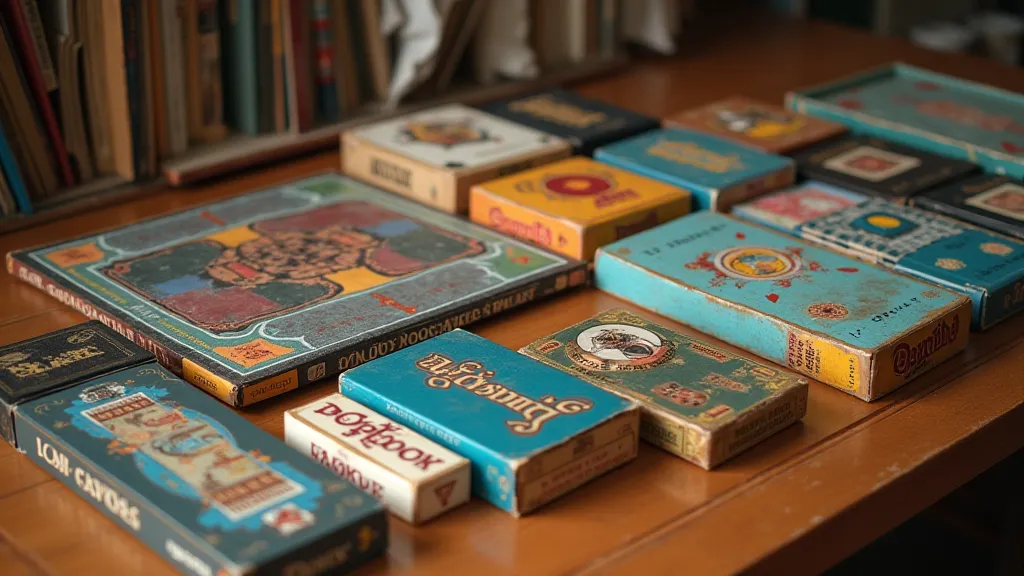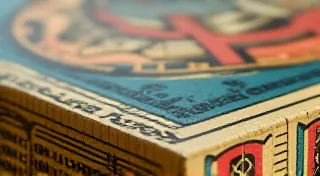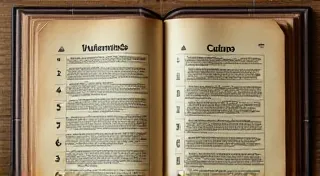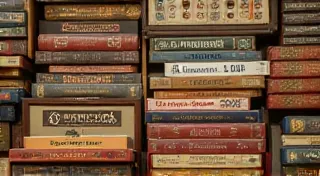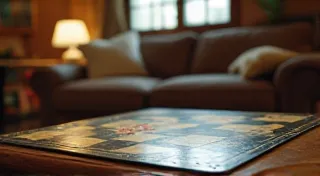The Art of Game Packaging: Examining Vintage Box Art and Design
For serious collectors of vintage board games, the game itself is only half the story. The packaging – the box, the inserts, the overall presentation – plays a crucial role in a game’s appeal, its value, and its collectibility. This article explores the artistry and design elements of vintage board game packaging, and how they contribute to a game's desirability.
More Than Just a Container
In the modern era of sleek, minimalist designs, it’s easy to overlook the often-elaborate artwork and design found on vintage board game boxes. Back then, the box was a primary marketing tool. It needed to grab attention on crowded store shelves and entice potential buyers. This resulted in a remarkable burst of creativity, often utilizing highly detailed illustrations, vibrant colors, and striking typography.
Early board games, particularly from the late 19th and early 20th centuries, frequently employed lithography, a printing process allowing for a wide range of colors and detail. The results were often stunning, depicting scenes of adventure, historical events, or idealized versions of domestic life. These images weren't just decoration; they were narratives designed to convey the game's theme and promise a thrilling experience.
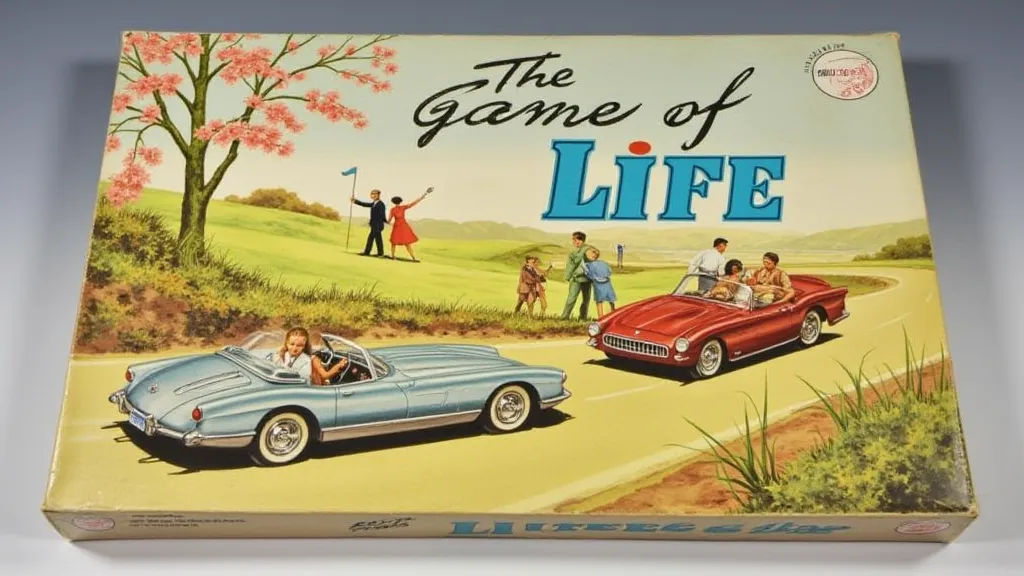
Design Trends Across Eras
The evolution of board game box design reflects broader trends in graphic design and popular culture. The Golden Age of Illustration (roughly 1880-1920) saw richly detailed paintings dominate box art. The mid-20th century witnessed a shift toward bolder typography and simpler graphics, often influenced by mid-century modern aesthetics. Later decades incorporated more photographic imagery and often reflected pop art styles.
Consider the difference between a Victorian-era game like ‘The Mansion of Happiness’ (1843), with its moralistic engravings, and a 1970s adventure game showcasing photographic landscapes. Both are iconic representations of their respective eras.
Rarity and Condition
The condition of a game's box is a significant factor in its value. A pristine, unblemished box is far more valuable than one that is torn, faded, or water-damaged. Rare games are often sought after *because* of their scarcity – and finding one with original packaging in good condition is an even greater prize.
Even minor details like the type of paper used, the printing method, and the presence of original stickers or labels can impact a game's collectibility and worth. Detailed knowledge of these nuances is crucial for serious game collecting.
Notable Examples
Several vintage games stand out for their exceptional box art. Parker Brothers’ ‘Monopoly’ (especially early editions) boasts iconic artwork that has become synonymous with the game. Milton Bradley's ‘Candy Land,’ with its charming pastel colors and fairytale illustrations, is another beloved example.
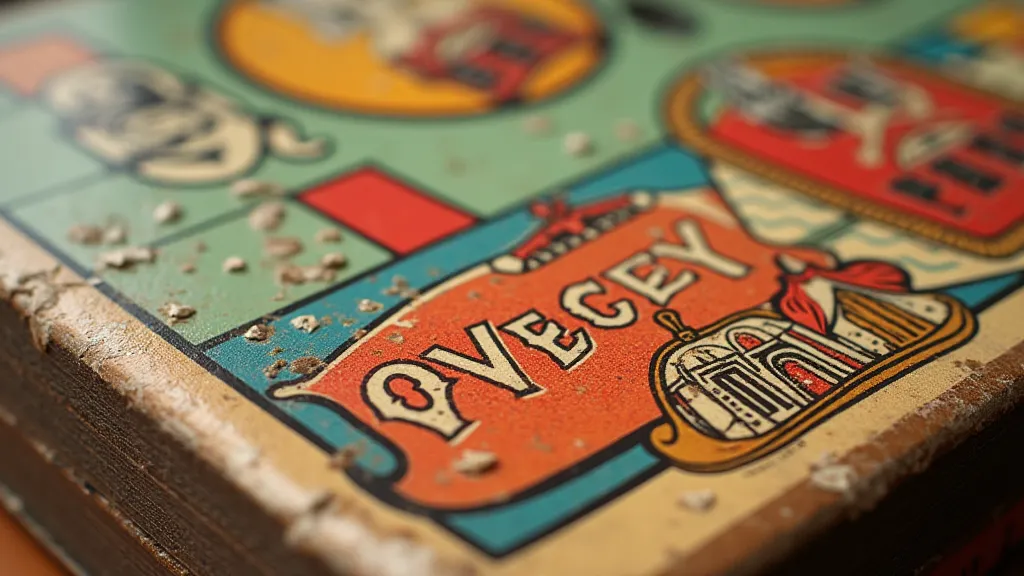
Beyond the Aesthetics: Functionality and Information
While aesthetics are paramount, vintage game boxes also served a practical purpose. They often contained essential information about the game, including rules, player count, and recommended age range. However, the way this information was presented also varied greatly, some using elegant fonts and layouts, others using simple, utilitarian designs.
The evolution of this functionality also shows how designers attempted to communicate with the customer – sometimes through beautiful, eye-catching imagery, sometimes through more direct and practical details.
Appreciating the Legacy
Collecting vintage board games isn't just about owning a piece of gaming history; it’s about appreciating the artistry and design that went into creating those games. The boxes are windows into a bygone era, reflecting the aesthetics, values, and cultural trends of their time. Next time you examine a vintage game, take a moment to truly appreciate the beauty and significance of its packaging.
